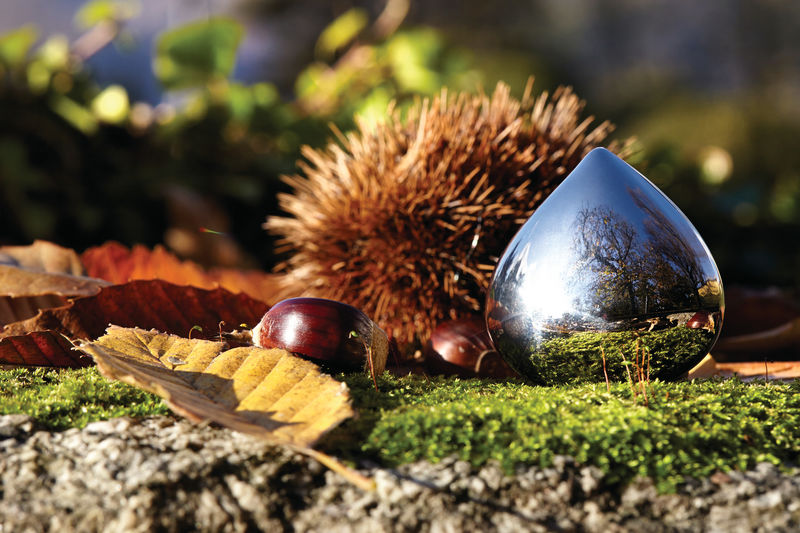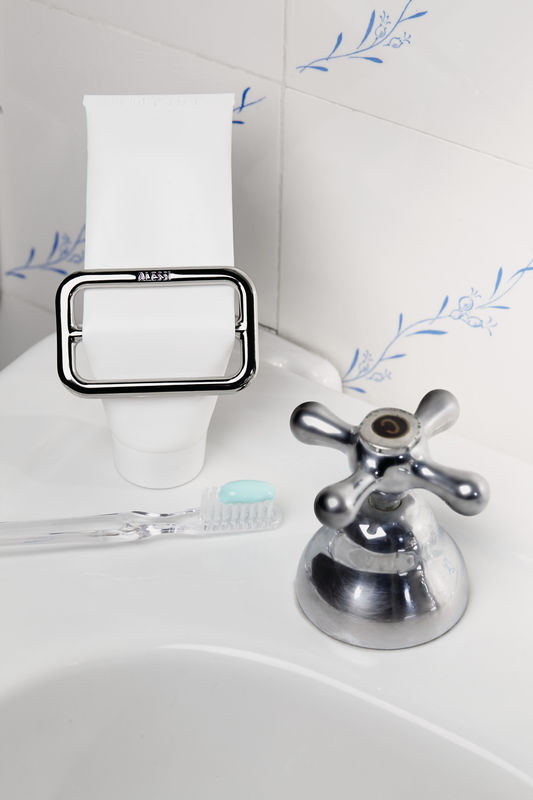High levels of innovation and poetry are the common denominator of the designs of the 2015 Spring/Summer collection. Established international high-profile names – such as Doriana and Massimilano Fuksas, Peter Zumthor and Marcel Wanders – tackle important themes related to preparing and serving food. Two new young Italian designers, Valerio Sommella and Antonio Aricò, make their debuts in the Alessi and AdiAlessi catalogues respectively.
The level of mastery achieved by the company in the processing of steel is epitomised by the design complexity of the centrepiece by Guido Venturini and the processing of the baskets by Adam Cornish.
The 2015 collection would not be the same without a tribute to Italy, which will be hosting the Universal Exposition. The new “Souvenir d’Italie” project, developed in association with LPWK, celebrates the richness of ‘Italianness’ with five decorative figurines. The limited edition “Alessandro M. – Duomo di Milano” corkscrew by Alessandro Mendini pays homage to the city of Milan and its main monument.
In 2015 Alessi also celebrates – with two special editions – the 25th anniversary of ” Juicy Salif “, the citrus squeezer designed by Philippe Starck. This symbolic object is an excellent example of Alessi’s role as a tenacious artistic mediator in the most turbulent area of realising creative potential.

sion. Meanwhile, the elements that make up the “Dressed in wood” collection are made from beech wood: a breakfast board, a serving board, two trays, a cheese board, a cake stand, a lid and a centrepiece. For the production of the “Dressed in wood” collection the company put its trust in the skills of the craftsmen of the nearby Valle Strona, highlighting the ancient local wood processing tradition.
Doriana and Massimiliano Fuksas complete the “Colombina collection” cutlery set with new pieces of cutlery specifically designed to prepare and serve fish-based dishes. “Colombina fish”, developed with the consultancy of Alberto Gozzi, is a stainless steel service with decorated handles comprising place settings, serving cutlery and special cutlery pieces such as the oyster and clam fork, the butter knife, the caviar spoon, the shellfish cracker and the shellfish fork.
The tabletop containers, one of the archetypal product categories found in the Alessi Encyclopaedia, are designed by Adam Cornish and Pierre Charpin.
The successful 2013 project designed by young Australian designer Adam Cornish becomes a family: the “Trinity” centrepiece is joined by a basket, a fruit holder and a citrus basket.
The brains behind the modern re-interpretation of the classic 18th-19th century “gallery” trays, Pierre Charpin adds two new variants to the basket, tray and fruit holder designed in 2011: the oval “PCH06” basket and the “PCH05” fruit holder in an extra-large version.
“Alessandro M. – Duomo di Milano” is the latest incarnation of the corkscrew designed by Alessandro Mendini. Produced in a limited edition, it is a tribute to the city of Milan which will be hosting Expo 2015, a fair dedicated to food and nutrition. The chef’s outfit is completed with a piece of headgear resembling Milan’s Duomo cathedral and its unmistakeable golden Madonnina statue.
Four new projects have been added to the “Objets-Bijoux” collection: the “Bulla” bottle opener by promising young designer Valerio Sommella; the “Fior d’olio” pourer designed by Marta Sansoni, and the “Chestnut” pill box and “Buckle” tube squeezer by Gabriele Chiave and Lorenza Bozzoli.
A bottle opener with sinuous lines that can also be used as a pendant, “Bulla” is Valerio Sommella’s first design for Alessi and was inspired by the natural world and shells in particular.
Gabriele Chiave and Lorenza Bozzoli have designed the upbeat “Cheese please” grater, a cowbell that can be used for grating cheese.
The Living Accessories collection has expanded with a new work by young French designer Pauline Deltour. The “Pierrot” coat stand is a furnishing accessory that stands out for its simplicity, lightness and solidity. Designed so it is easy to transport around, “Pierrot” is made up of a few wooden elements for quick assembly.
Designed for the Officina Alessi brand, the “Opus” centrepiece by Guido Venturini resembles a piece of metal lace, obtained using cutting-edge techniques. Using a lengthy process with the point of the laser repeatedly rising and falling on the sheet metal, the steel is perforated with painstaking precision in order to reproduce the processing effect of a precious piece of lace.
The range of containers for salt, pepper, oil, vinegar and sugar also occupies an important space on the Alessi domestic landscape. Following a long and elaborate development process, Peter Zumthor, a prestigious name in international architecture, offers an original interpretation of this category. Six pieces comprising an oil-vinegar cruet, salt castor, pepper castor, spice castor, sugar castor and a personal salt castor, recreates the naturalness of minerals through the form and choice of materials: crystalline glass and silver-plated cast steel.
The “Souvenir d’Italie” feature in the AdiAlessi catalogue. This new range of Alessi “Figures” pay tribute to Italy, which will be hosting Expo 2015 between May and October. Five decorated porcelain figurines represent a different aspect of ‘Italianness’. Developed in association with LPWK, they are conceived by Massimo Giacon, the designer of “Ciro il Pulcinella” and “Lella Mortadella”, and Antonio Aricò, creator of “Calabrisella”, “Rosalia la più bella che ci sia”, and “Venice”. POPADVT




